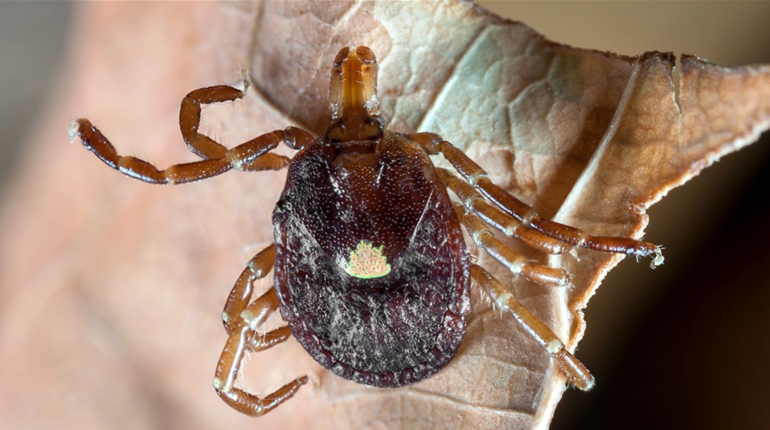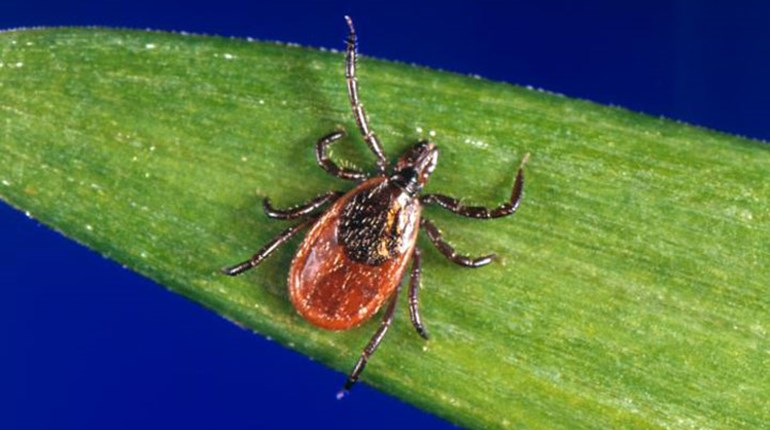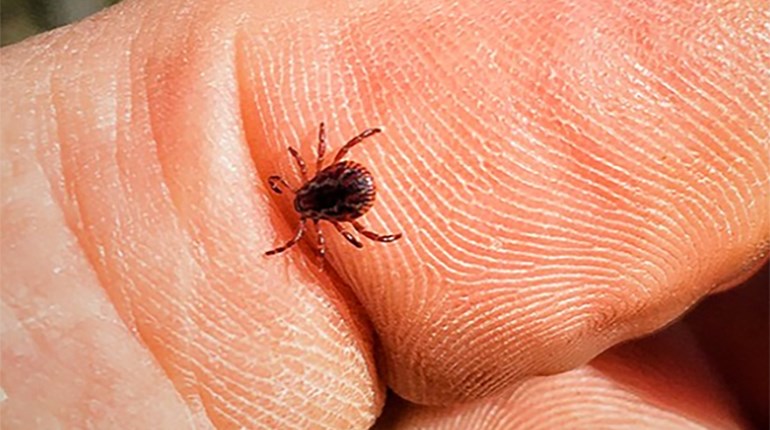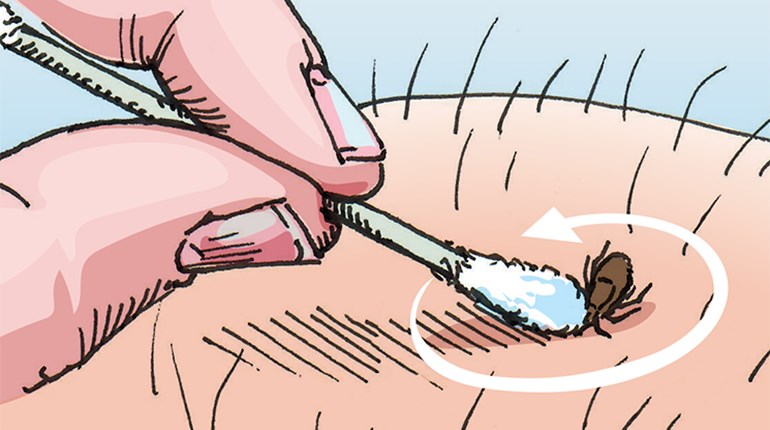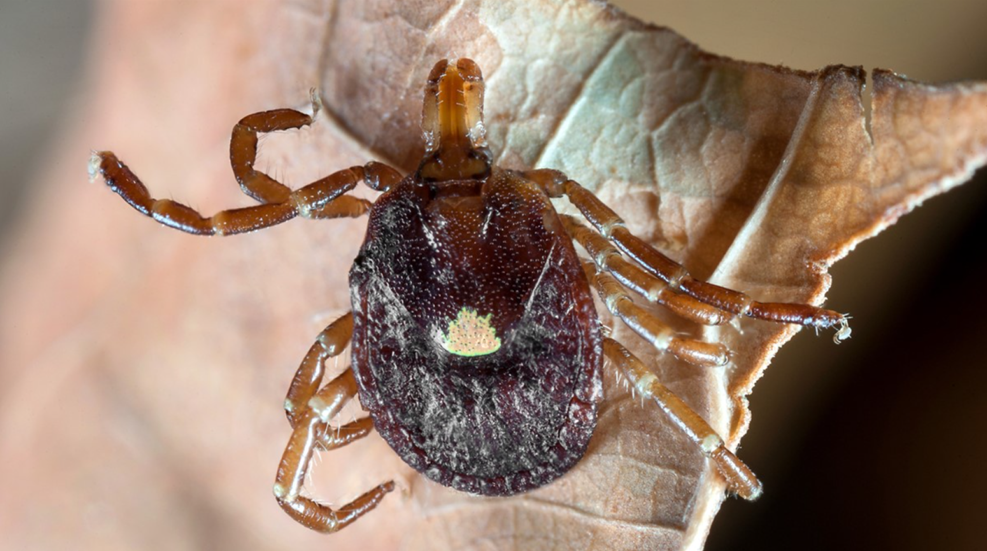
Recently, one of this author's close family members returned from a short jaunt afield with an extra passenger: a bloated tick that wasn't noticed until several hours later. That's normal, since tick bites are painless by design, and because ticks tend to attach themselves in hard-to-reach, hard-to-notice areas. What wasn't normal was that about 48 hours later, this family member developed a fever and a spotty rash on their hands. The doctors immediately diagnosed Rocky Mountain Spotted Fever (despite the fact that they were nowhere near the Rocky Mountains).
Did you know that Rocky Mountain Spotted Fever can be lethal if not treated early? Or that the characteristic blood-vessel damage it causes can result in amputation? Less serious, but still a major blow to one's qualilty of life, is another tick-borne ailment called Alpha-GAL Syndrome. Alpha-GAL isn't exactly a disease; it's more like an acquired allergy ... to red meat. Those who develop it often spend years trying to figure out what's wrong, because the body's allergic reaction to the proteins in red meat takes several hours to show itself, and the symptoms can be hard to track down.
Then there are the more commonly understood tick-borne diseases, like Lyme and anaplasmosis. "Commonly understood" doesn't mean "safe," of course. All tick-borne diseases are serious. Furthermore, different kinds of ticks in different areas of the country carry different diseases, and it's not always possible to figure out what kind of tick bit you. That's why it's time to get serious about protecting yourself and your NRA Family from ticks.
“Preventing tick bites is the best way to prevent tick-borne diseases,” said Dr. Natasha Bagdasarian, chief medical executive, Michigan Department of Health and Human Services. “If you find a tick attached to your body, promptly remove it. Monitor your health, and if you experience fever, rash, muscle or joint aches or other symptoms, or if you suspect a tick has been attached for more than 24 hours, consult with your medical provider.”
MDHHS also provided several tips to help protect yourself and loved ones from ticks. These include using insect repellents like permethrin, performing daily tick checks, and bathing or showering as soon as possible after coming in from outdoors. Be sure to check anywhere there's dense hair on your body, because ticks love to hide there.
If you have pets, you should discuss repellent options with your veterinarian. The ticks aren't good for your pets anyway, and the risk that a tick will migrate into your home on your pet's coat is quite high.
Did you find a tick? To remove it, grasp the tick firmly and as closely to the skin as possible. With steady, even pressure, pull the tick’s body upward and away from the skin. Cleanse the area with an antiseptic. If it's possible to take a picture of the tick so you can show your doctor, that's great. If not, simply make note of the fact that you were bitten and then monitor your health. Don't ignore a fever, headache, or rash--seek medical help and tell the care provider about the tick.













